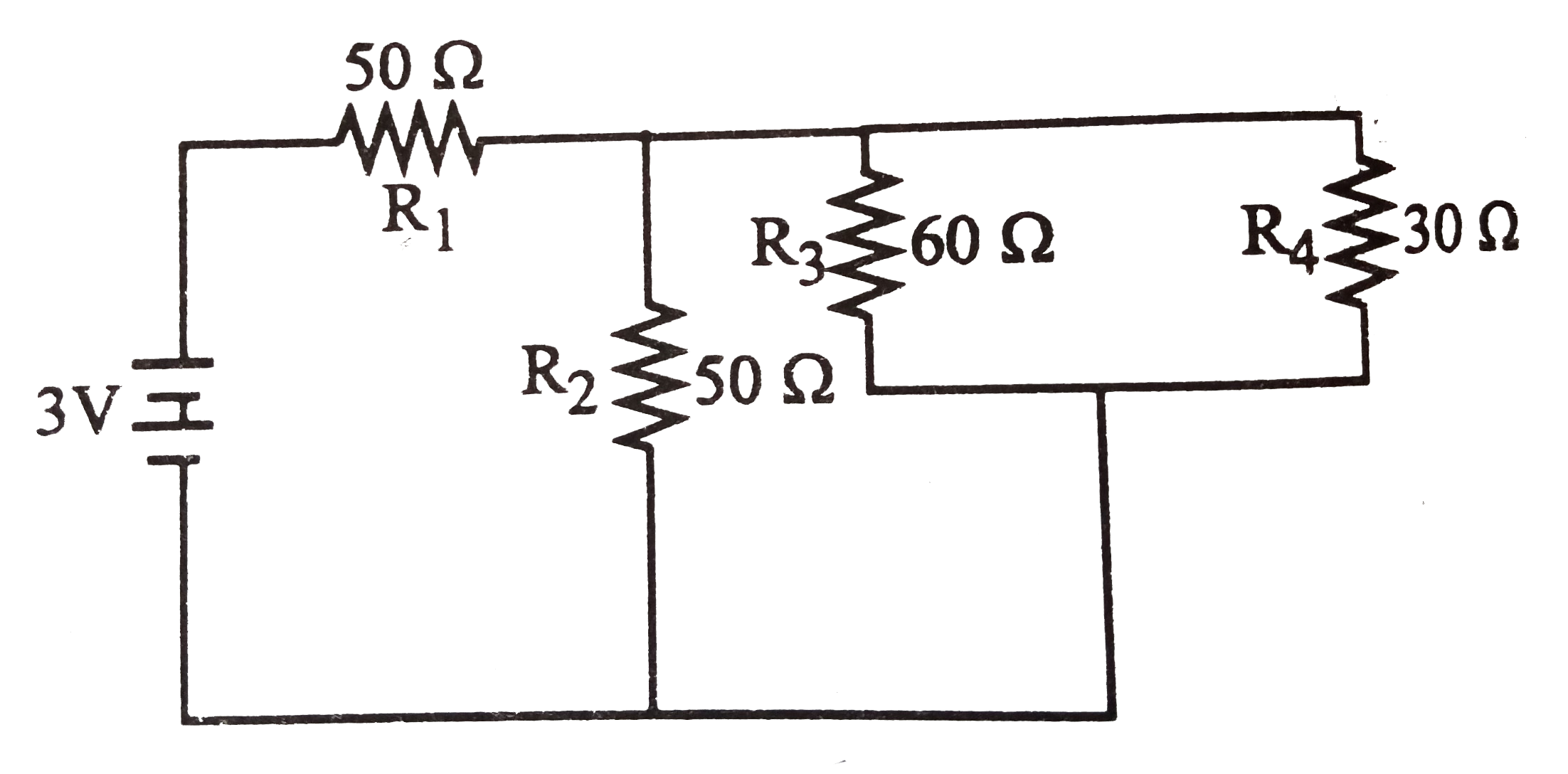For the figure shown
 .
.
A
→A+→B=→C
B
→B+→C=→A
C
→C+→A=→B
D
→A+→B+→C=0
Video Solution
Text Solution
The correct Answer is:C
Apply triangle law of vector addition.
|
Topper's Solved these Questions
- DAILY PRACTICE PROBLEMSBook:RESONANCEChapter:DAILY PRACTICE PROBLEMSExercise:Dpp no 10 physics
Explore 8 Videos
- DAILY PRACTICE PROBLEMSBook:RESONANCEChapter:DAILY PRACTICE PROBLEMSExercise:Dpp no 11 physics
Explore 6 Videos
- DAILY PRACTICE PROBLEMSBook:RESONANCEChapter:DAILY PRACTICE PROBLEMSExercise:DPP 8 PHYSICS
Explore 7 Videos
- CURRENT ELECTRICITYBook:RESONANCEChapter:CURRENT ELECTRICITYExercise:Exercise
Explore 54 Videos
- ELASTICITY AND VISCOCITYBook:RESONANCEChapter:ELASTICITY AND VISCOCITYExercise:Advanced Level Problems
Explore 9 Videos
Similar Questions
Knowledge Check
In the figure shown
 Aimpulse in the two cases will be same if A1=A2Bmaximum force is greater in case lCimpluse in two case may or may not be equal and it does not depend on area under the curveDnone of these
Aimpulse in the two cases will be same if A1=A2Bmaximum force is greater in case lCimpluse in two case may or may not be equal and it does not depend on area under the curveDnone of theseIn the figure shown,
 Ap0>pBp>p0Cp=p0Dp=0
Ap0>pBp>p0Cp=p0Dp=0Identify the figure shown in figure:
 AKlinefelter's syndromeBDown's syndromeCTurner's syndromeDPhenylketonuria
AKlinefelter's syndromeBDown's syndromeCTurner's syndromeDPhenylketonuria

In the figure shown , the current in the 10 V battery is close to :
View SolutionIn the figure shown the pressure of the confined gas will be:

View SolutionIn the figure shown : (All batteries are ideal)

View SolutionAssume p∣∣q in the figure shown .then 'x' equaals

View SolutionIn the figure shown sinisinr is equal to

View Solution



